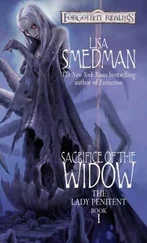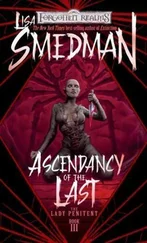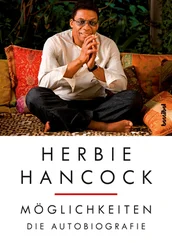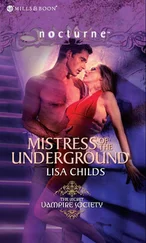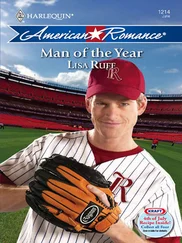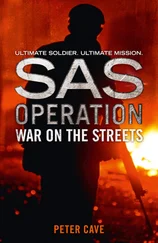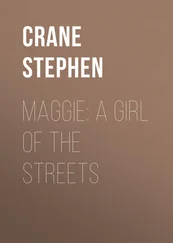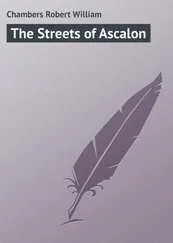I wasn’t. At 7:30 a.m., shuffling into the bathroom, I was in for a shock. My eyes were puffy and bloodshot, and one was tearing up. Oh, my god, I thought. I have pinkeye! I’d had it twice in my life, and both times I’d gone straight to a doctor. But that was the last thing I wanted to do here. My one experience with Russian doctors, in St. Petersburg in 1995, had involved a scalpel sterilized with a Bunsen burner, so I felt a wee bit skittish about them. [2] I’d caught ringworm from petting a rescued street cat. To my surprise and dismay, Skin Clinic No. 1 not only sterilized their tools with Bunsen burners, they also had a resident cat that wandered around the waiting room rubbing up against the patients.
I quickly dressed and left the hotel.
As I ate breakfast at the nearby California Café, my eyes started feeling a bit better. I finished up my fried eggs and coffee, and headed back to the hotel to prepare for the day. But the minute I got up to my room, my eyes started itching again. This wasn’t pinkeye; it was an allergy. I hurried back out again, more annoyed than ever.
My first stop was at School No. 23, where I had an appointment with the director, whom I’d also interviewed ten years earlier. In her tailored suit, with a confident bearing and two cell phones always within reach, Liliya Komissarenko was the kind of put-together, no-nonsense administrator you want running your school. She invited me into her office, but when I asked if she remembered me from 2005, she smiled sweetly and said, “You know, I meet a lot of people.”
I told her I’d visited her at School No. 2 back then, and asked why she was no longer there.
“School No. 2 was destroyed,” she replied. “The building was old and unsafe, so the government knocked it down. We merged with School No. 3, and to make sure nobody felt offended, they decided to name it School No. 23.”
The new school was now the center of Jewish education for Birobidzhan’s children. One thousand students were enrolled—up from 600 at School No. 2 in 2005—and all of them took classes in Jewish culture and history, including a mandatory tenth-grade course on the Holocaust. Around 200 kids were studying Yiddish, which the director called the “native language of our territory.”

Students learning Yiddish at School No. 23, September 2015 (PHOTO BY LISA DICKEY)
“In the nineties, people studied Hebrew when they wanted to leave,” she told me. “Those who were staying studied Yiddish, the language of the settlers—of my parents, my grandparents.” This explained why the train station name and street names in Birobidzhan were written in Yiddish, rather than Hebrew. “We have two Hebrew classes left,” she went on, “but we’re phasing them out. We don’t need to prepare our students to emigrate. We live in Russia!”
I asked how many of the students at School No. 23 were Jewish. “We don’t analyze the population of students by nationality,” she said, with a brusque shake of her head. “It’s not even possible to sort out which nationality they all are. [3] The director’s use of the word “nationality” might sound odd to Western ears, but in this context it’s understood to mean “ethnicity.” In Soviet times, and even for several years after the collapse of the USSR, passports here identified citizens by the “nationality”: Russian, Georgian, Armenian, Jewish, etc. The practice was discontinued in 1997, but a 2013 poll revealed that 54 percent of Russians would like to see it reinstated.
But we study Jewish tradition, which is important to all, regardless. And we follow the Jewish calendar and holidays—Hanukkah, Pesach, Purim, Shavuot. And all the dates that are connected to tragedies of European Jews: Babi Yar, Holocaust Remembrance Day, and so forth. This differentiates our school from others.
“Yesterday was our Rosh Hashanah pageant,” she told me, smiling proudly. “The whole hall was full of students. It’s too bad you didn’t come!” I instantly regretted the day I’d spent resting: it would have been fantastic to see hundreds of students gathered in celebration of the Jewish New Year, rather than lying about miserably in the Hotel Sneezalot.
I thanked the director for her time, then headed off once more to the synagogue. Rabbi Riss had promised a tour of the complex, and I was eager to finish this last bit of research in Birobidzhan, if for no other reason than to get out of that hotel and on to the next destination. Birobidzhan was a fascinating place, but something always seemed to go wrong here. [4] In 1995, what went wrong was that Gary and I had to flee the local police, who came poking around our apartment after neighbors tipped them off that Americans were staying there. (We hadn’t registered our visas locally, which was either an ironclad requirement or not a requirement at all, depending on whom you asked.) We went on the lam, racing to the only safe place we could think of: the home of an American missionary couple we’d happened to meet at a restaurant two days earlier. They graciously allowed us to stay the night, taking care to put us in separate rooms because we weren’t married.
At the synagogue, I was surprised to see dozens of people milling about the grounds. There was a class of uniformed kindergarteners, a group of students from the nearby Sholem Aleichem University, [5] Founded in 1984 as the “Birobidzhan State Pedagogical Institute,” renamed in 2005 as the uninspiring “Far Eastern State Socio-Humanitarian Academy,” and renamed again, in 2011, as the “Amur State University named after Sholem Aleichem.”
and a couple of Americans with an interpreter. Rabbi Riss was giving a tour, alternately describing esoteric elements of Jewish faith with more quotidian information about how the community here survives.
“The government pays for School No. 23, and it pays for Sholem Aleichem University,” he told the group. “It pays for our Sunday school, where we teach Jewish traditions, history, and Hebrew. And every two years, we have a big Jewish festival here, and many international artists come. The government pays for that too.”
“Today, Birobidzhan is a political place, not just cultural,” he went on. “They’re trying to show that we have a big Jewish life here.” This was an unusually honest assessment. With official figures showing just 1,700 Jews living here now, the amount of money pouring in to support the synagogue and various activities was, per capita, quite high. It was obvious that the Russian government wanted this place to survive.
With anti-Semitism a perennial problem in Russia, this was a good public relations move. In the Soviet era, Jews were repressed as a matter of course—denied entrance to universities, denied housing and jobs, decried publicly as enemies of the USSR. As the Soviet Union creaked toward its end in the late 1980s, record numbers of Jews fled; in 1989 alone, more than 70,000 left the country. As of 2010, just 159,000 Jews remained in Russia, a fraction of the 1930s peak of nearly 900,000. Of the Jews still here, the vast majority are in Moscow, many others are in St. Petersburg, a handful are in Birobidzhan, and the rest are scattered in tiny pockets elsewhere.
Yet even if the government’s support here seemed like a PR move, Rabbi Riss seemed sincere in his desire to provide spiritual support for the Jewish community. In this, he admitted facing a fair number of obstacles. For one thing, he’d relinquished his Russian citizenship when his family left Birobidzhan back in 1991, and so far he’d been unable to get it back. “I’ve been trying to get a Russian passport for 11 years,” he told me, “but every time, they say, ‘You did something wrong with the paperwork.’” His wife and children all had Russian passports, but as an Israeli citizen, Rabbi Riss was forced to repeatedly apply for temporary work visas, adding an extra layer of complication to his commitment to stay.
Читать дальше


